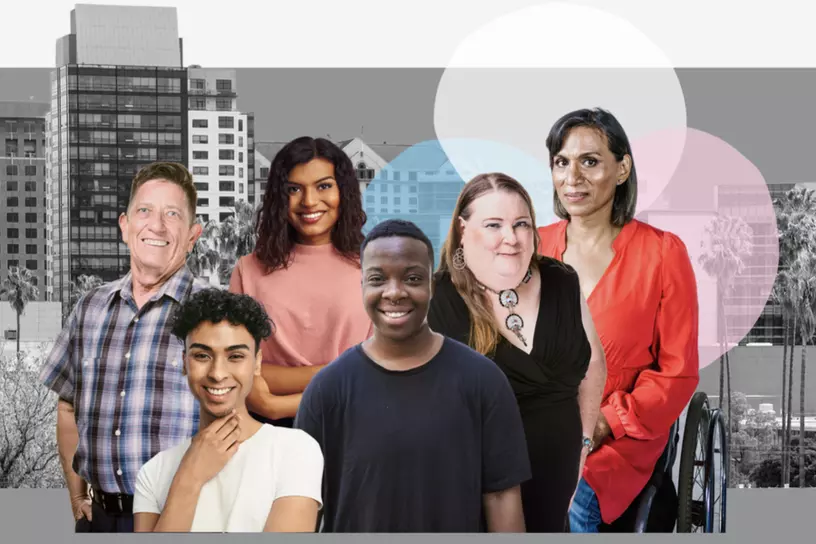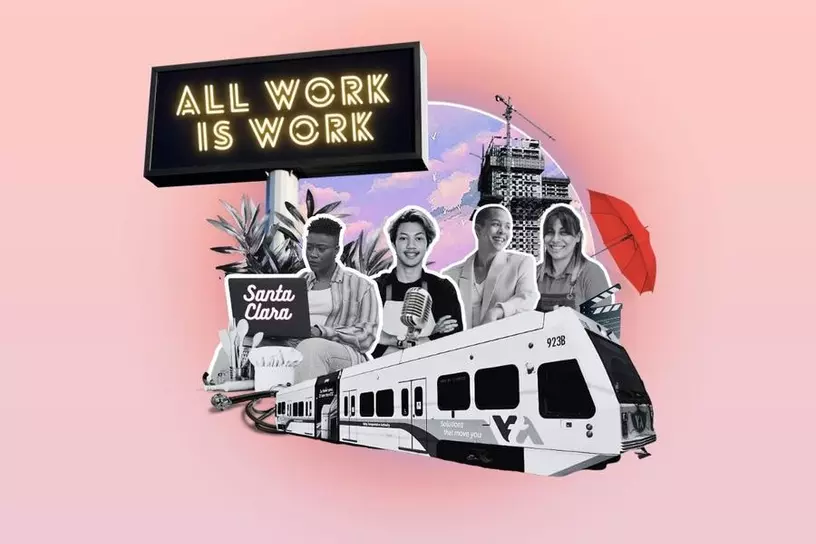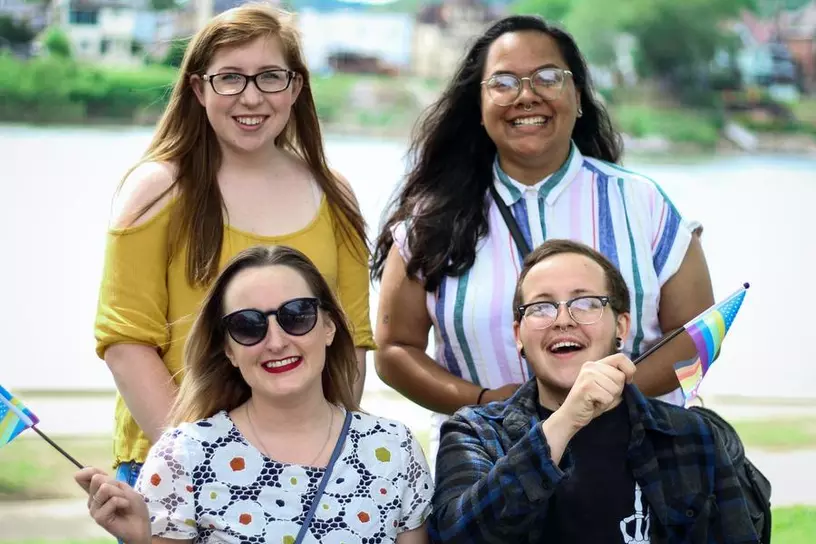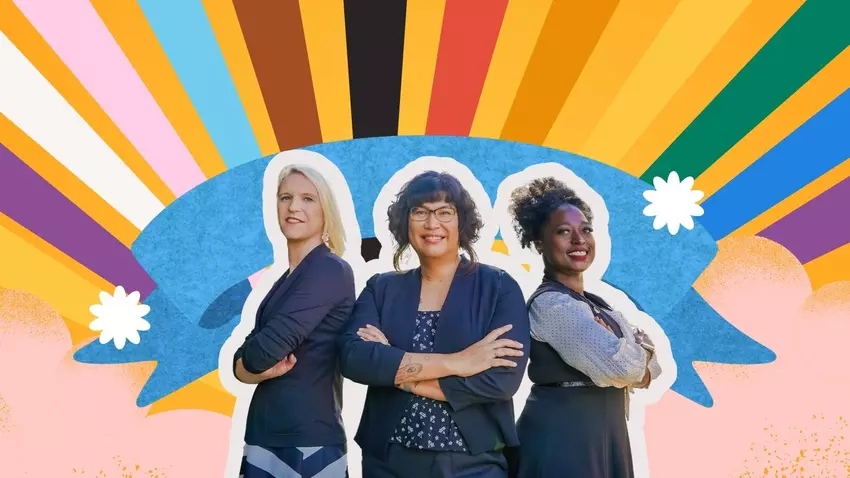Office of LGBTQ Affairs
Office highlights

Transgender, Nonbinary, and Gender Expansive Employment Study
This 2022 research study explores the range of challenges that transgender, nonbinary, and gender expansive community members in Santa Clara County face in their jobs and career paths.

LGBTQ+ Summit 2023: All work is work
The County of Santa Clara LGBTQ+ Summit is dedicated to promoting equity and belonging within traditionally underrepresented work industries.

The More Than Just Project
The More Than Just Project (MTJP) is about visibility, integrity, and truth about between Transgender, Gender Expansive, and Intersex (TGI) people and their benefit to the workplace.
